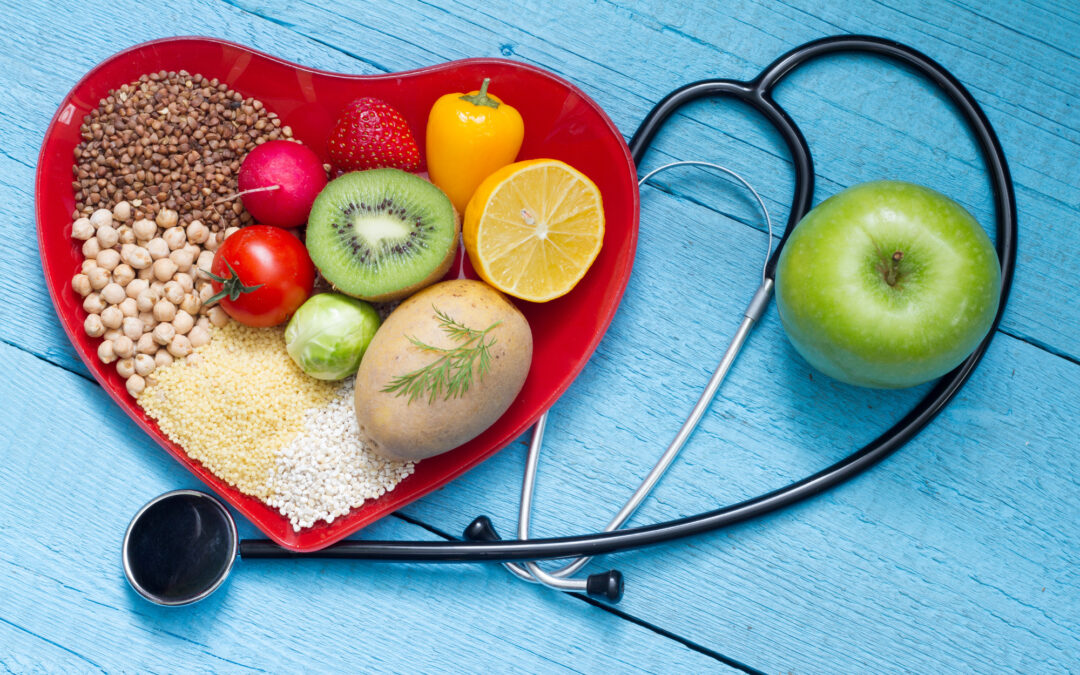Did you know that nearly half the population has high cholesterol? Heart disease is the leading cause of death amongst Americans, and rising cholesterol levels are one of the risk factors.
Other chronic and debilitating health conditions can be triggered by high LDL and low HDL cholesterol. Have you been wondering which foods to eat for high cholesterol?
Luckily, we have put together a complete guide on what high cholesterol is, its connection to your health and wellness, and how you can start taking steps to prevent it today! Keep reading for more information!
What Is High Cholesterol?
Before diving into what high cholesterol is, it helps to understand what the term ‘cholesterol’ means. Cholesterol is a lipid or organic compound. It helps with cellular structure, digestive bile, production of Vitamin D, and hormones.
Since it is a fatty substance, it doesn’t dissolve in water. Instead, it is transported to cells via your bloodstream.
Lipoproteins are combinations of fat and protein. These particles hold cholesterol and triglycerides. There are two main types of cholesterol:
- High-density lipoprotein (HDL)
- Low-density lipoprotein (LDL)
LDLs are notoriously known as the ‘bad cholesterol type,’ but both HDL and LDL each play a role in your health and wellness. When LDL levels reach certain levels in the bloodstream, it is known as high cholesterol. The risks of high cholesterol include:
- High blood pressure
- Heart attack
- Coronary artery disease
- Stroke
LDL cholesterol contributes to arterial plaque build-up, creating clots or blocked arteries.
Unfortunately, there aren’t any apparent symptoms of high cholesterol, which makes it a silent killer. The best way to monitor cholesterol levels is through regular blood checks during your annual physical.
Abnormal vs. Normal Cholesterol Values
LDL cholesterol delivers cholesterol throughout the body, while HDL cholesterol gathers/absorbs excess cholesterol in the body and takes it to the liver for removal, helping to keep cholesterol levels in a healthy range. Lastly, triglycerides are energy sources. They can be stored in fat cells and have many of the same negative effects as LDL cholesterol levels.
It is important to understand the difference between HDLs, LDLs, and triglycerides since higher levels of HDLs aren’t nearly as bad as high levels of LDLs. When you visit the doctor, and they check your cholesterol values, there will be a few different categories:
- Total cholesterol
- LDL
- HDL
Total cholesterol levels should be under 200 mg/dL. Normal LDL cholesterol levels will be below 100 mg/dL and HDL levels above 40 mg/dL. Age and gender could change these values, but they are good benchmarks.
What Causes High Cholesterol?
The main causes of high cholesterol are lifestyle choices and genetics. Lifestyle choices could include dieting and exercise. Familial hypercholesterolemia is a gene variant that can increase your risk for high cholesterol levels.
Some studies show that genetic prevalence may be as high as one in every 250 people. Obesity and other medical diagnoses can contribute to higher cholesterol levels, including:
- Diabetes
- Kidney disease
- Becoming pregnant
- Impaired thyroid gland
One of the main issues with high cholesterol is it gets a bad rapport for being associated with obesity. People with average weight can still have high cholesterol risks and levels from poor dieting.
Losing excess weight (in a healthy manner) can help you trim down your LDL cholesterol numbers. The average weight loss using the Classic Weight Loss Direct program was over 26 pounds. LDL numbers also decreased by over eight points after three weeks.
How to Reduce High Cholesterol
As you can imagine, food plays a critical role in reducing high cholesterol. Simply swapping out low cholesterol high protein foods can make a big difference in reducing cardiovascular disease risk.
Other ways you can reduce high LDL cholesterol levels and boost HDL cholesterol values are:
- Regular check-ins with your physician
- Stop smoking
- Exercise regularly
Studies found that exercising regularly helped decrease LDL cholesterol levels by nearly ten percent. As another positive, it raised HDL cholesterol levels by six percent in some cases.
Foods to Eat for High Cholesterol
The best foods for high cholesterol can help you avoid silent and chronic conditions that reduce life expectancy and quality of life. Many of these foods are considered ‘heart-healthy.’ Some examples are:
- Oats or whole grains
- Beans
- Nuts
- Apples or citrus fruits
- Certain fish (e.g., salmon, trout, mackerel)
- Avocados
- Olive oil
- Sterols and stanols
Most health and nutrition experts recommend a Mediterranean diet for optimal heart health. This diet type includes mainly eating food groups such as:
- Fruits
- Vegetables
- Fish
- Nuts
- Legumes
- Complex carbs (e.g., whole grains)
- Other high fiber foods
In a randomized study, researchers found that foods with the most impact on lowering your cholesterol were foods with soluble fiber, tomatoes, avocados, and olive oil. Green tea and turmeric were also used for a low cholesterol diet.
High saturated fats and trans fat showed increases in cholesterol levels. You’re probably wondering where the meat and protein are in these diets?
Many proteins are heart-healthy and help reduce your risk for heart disease and other chronic conditions. Examples of high protein low cholesterol food are fish, beans, poultry, and nuts. Studies show that red meat intake can increase heart disease risk versus certain nuts, which can reduce heart disease risk by nearly 30 percent!
Healthy Ways to Lower Your Cholesterol
One of the best ways to lower your cholesterol is to find foods to eat for high cholesterol. Weight Loss Direct provides personalized programs that help you lose excess weight, eat healthily, and make lifelong changes.
Diet plays a key role in LDL cholesterol levels. Finding ways to incorporate healthy foods that you enjoy can give you peace of mind the next time you have your cholesterol levels checked.
Are you ready to get started? Schedule a consultation with Weight Loss Direct today!

